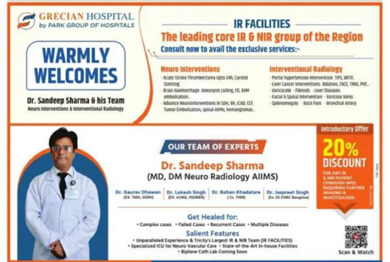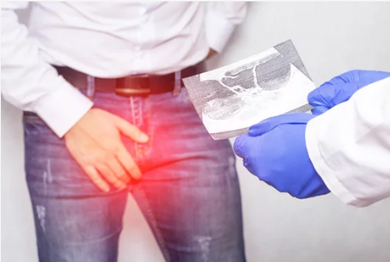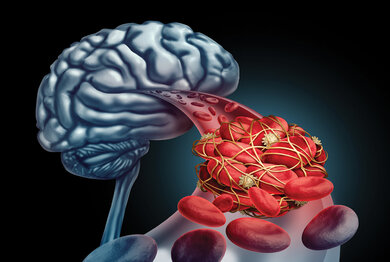Support in Insurance Claim
No-Cost EMI
Without Admission
Short Hospital Stay
4.9 Rating on Google
Benefits

Minimally Invasive

No Complications

Faster Recovery

Preserves Spine Structure
To Book An Appoinment
Symptoms Of Spine Disease
Spine diseases can be variable depending on the causes, like trauma and non-traumatic causes. Non-traumatic causes include disc problems where the discs herniate and compress the nerve roots. Other problems can be vascular, degenerative, infective, tumours, and ineffective.
Spine doctors evaluate spinal symptoms.
- Pain in the back, very commonly radiating to the legs and thighs
- Back stiffness
- Urinary symptoms
- weakness in the legs with difficulty weight-bearing
- numbness and tingling in the legs
Causes Of Spine Disorder
Spine disorders are variable. Spine specialists not only evaluate the symptoms but also perform physical examinations using tests to help in the diagnosis of the cause of the disease. Multiple physical tests with CT and MRI are used to evaluate the cause of the disease.
Various causes can be.
- Degenerative changes due to wear and tear of the spine can cause the symptoms. This happens with age.
- disc problems, like disc prolapse and bulges, can cause pain in the back and legs.
- vascular causes, like AVM, are abnormal vascular proliferation that can cause weakness in the legs. Spine specialists help in making correct diagnoses and in the treatment of the disease.
- Infectious causes of the cord can cause fever and weakness.
- Trauma can cause cord compression.
Spine Interventional Procedures:
Transforaminal Epidural Injection
Transforaminal epidural injections are a minimally invasive treatment for the management of spine pain that can radiate to the legs. It commonly happens due to nerve compression caused by disc bulges. It is done with fluoroscopic guidance, and acting steroid and pain-suppressing agents are given, which help in pain management by injecting the agents around the nerves..it is a daycare procedure, and the patient can go home the same day.
Microscopic Discectomy
Microscopic discectomy is a procedure to remove the abnormally bulged disc, compressing the nerves or cord and causing canal stenosis. It is a minimally invasive procedure for disc treatment and helps in compression relief. In this procedure, a small microscopic camera is inserted into the sinus area at the level of the disc, and the disc is removed or burnt using various techniques. Major cuts or sutures are there, and the patient can be discharged with a minimal hospital stay.
Hemangioma Ablation
Hemangiomas are benign tumour-like lesions in the bones. They are commonly seen in the spinal vertebrae and can cause pain due to haemorrhage and pressure effects. hemangioma can be treated noninvasively using fine needles and various age to ablate the lesions like alcohol and various medical agents. They are helpful in symptom relief and can be done under CT or fluoroscopy guidance with no major cut or suture.
Spine Biopsy and Drainage
Spinal biopsy and drainage are minimally invasive procedures that can help in the diagnosis and treatment of problems.
Spinal biopsies are highly specialized procedures that involve transpedicular sample collection from the spine. In this, a single or two needles are placed to sample the spine lesions for testing for spinal problems like tumours.
Pigtail drainage is the procedure to remove the pus collection around the spine, more commonly seen in TB of the spine. It is a daycare procedure.
Spine Tumorous Ablation—Osteoid Osteoma
Spine tumours like osteoid osteoma are benign tumours and can be treated non invasively using radiofrequency ablation. There is no major requirement for the surgery. It is commonly seen. The growing age can be treated without major surgery. A small electrode is placed into the lesion, and the nidus can be ablated with no major complications.
Spinal DSA & AVM Embolisation
DSA (digital subtraction angiography) is a minimally invasive procedure that helps in mapping the arteries or veins of various body parts, like the spine. It is useful in the diagnosis of vascular procedures, like vascular malformations, to study the extent and origin of the disease. It is helpful in the diagnosis, and treatment can be done in the same sitting.
AVM is a type of vascular malformation of the spine and cord, which represents an abnormal tuft of vessels. It can divert supply from normal areas and cause atrophy in that area. AVM embolization is a minimally invasive procedure where small tubes, like catheters, are inserted into vessels, and medical agents, like glue, are injected at the place of the abnormality to block it. This helps in symptom relief. It is done through a small entry in the groin area with no major cut and with minimal hospital stay.
Vertebroplasty or kyphoplasty
Vertebroplasty or kyphoplasty are treatments for the prolapsed vertebra, where the vertebra collapses due to degenerative causes or lesions. Here, small transpedicular needles are placed into the vertebra, and artificial medical cement is filled into the vertebra and helps in pain relief. It is a daycare procedure.

Spine Treatment Cost In India
Spine treatment is a specialised field of expertise performed by spine specialists, such as interventional radiologists. The cost of the spine procedure varies depending on the procedure.
Cost in India is almost one-third of the cost in the Western world In India, the treatment cost depends on the disease and varies from 30,000 to 3 lakhs, depending on the procedure.
IRFACILITIES is an expert group of doctors who work in a coordinated approach to treat the disease. The team is a specialist group of intervention radiologists who provide comprehensive disease treatment, including pre- and post-procedure care, at a minimal and affordable cost.



























